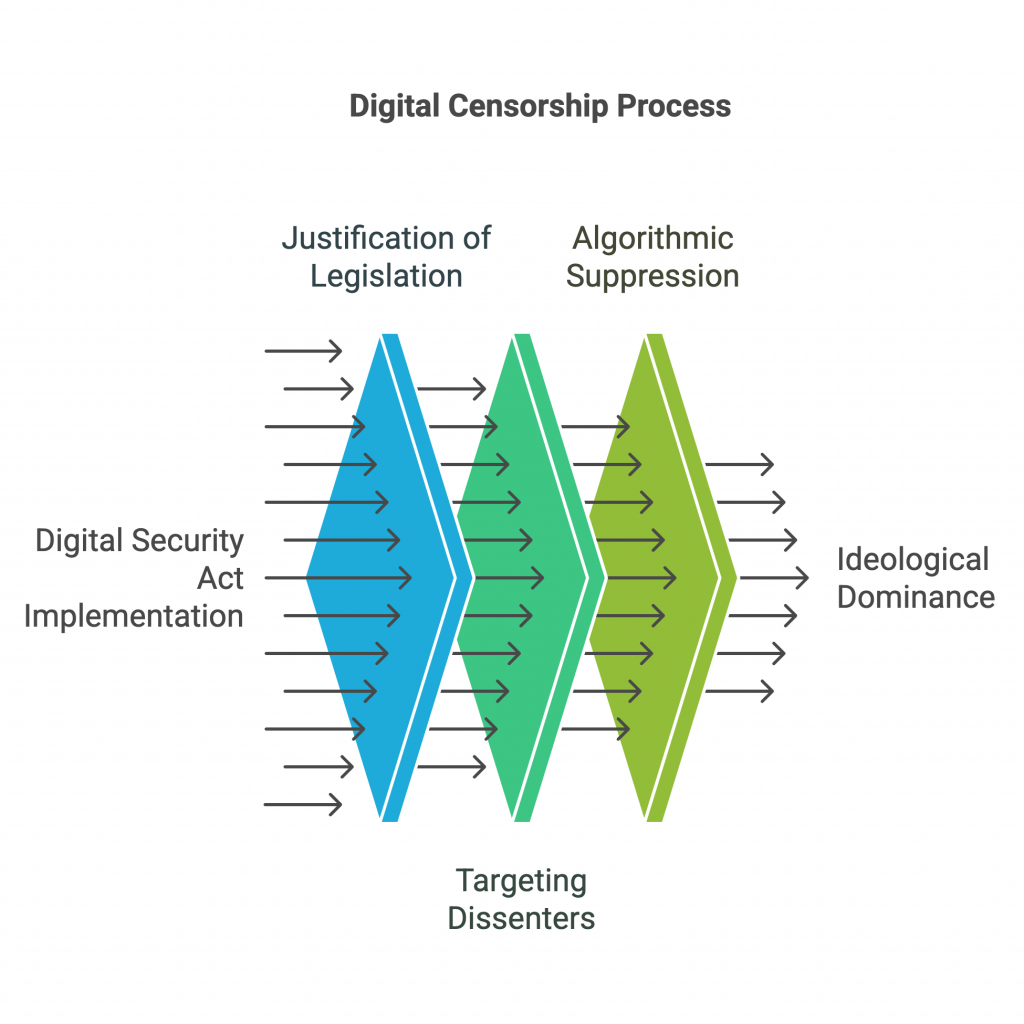Politics is no longer about speeches, manifestos, or televised debates. It is about digital real estate, algorithmic leverage, and digital political manipulation. In the age of hyper-connected networks, political power is directly proportional to one’s ability to control the flow of information. The internet is not just a medium; it is the battlefield. And those who understand its architecture dictate the outcomes of elections, policies, and public sentiment.
At the core of this transformation is the fundamental reality that digital platforms are not neutral spaces. They are designed ecosystems that respond to engagement, prioritize virality, and reward emotional intensity. Misinformation thrives in this landscape because it is engineered for maximum shareability. The faster a piece of content spreads, the more authority it accumulates. Digital political communication is no longer about traditional persuasion. Instead, it relies on feeding the right content into specific network nodes to trigger predictable emotional and behavioral responses.
This is why fake news outperforms real news. A comprehensive study on Twitter’s information flow from 2006 to 2017 confirmed that misinformation not only spreads faster but also reaches a broader audience. The incentive structure of social media ensures that sensationalism dominates. This is not an accident; it is the natural consequence of algorithmic design. Political campaigns and state actors have adapted accordingly. The Cambridge Analytica operation was not an anomaly but an early glimpse into how digital political manipulation enables micro-targeted manipulation. The future of political strategy lies not in mass messaging but in granular behavioral nudging, where every voter receives a customized digital reality.
Micro-Targeting: The Future of Political Strategy
Governments, both democratic and authoritarian, have taken note. The Duterte administration in the Philippines weaponized digital communication with precision. As a result, his online network of influencers and bot farms drowned out opposition voices before they could gain traction. This was not about responding to criticism; it was about making sure criticism never reached a critical mass. In India, the ruling BJP has used WhatsApp’s closed network structure to perfection, crafting narratives that seep into private discussions where fact-checking is nonexistent. The power of digital communication is not just in the ability to spread a message but in the ability to structure how people receive and process political reality.
The architecture of these platforms seamlessly integrates digital political manipulation into users’ daily content consumption. Unlike traditional media, where people deliberately seek out information, social media political messaging is ambient. In addition, it infiltrates timelines, WhatsApp groups, and personalized feeds. As a result, a voter does not actively search for misinformation—it finds them.
Controlling Digital Spaces: A New Form of Censorship
Even beyond elections, governments recognize that digital political manipulation translates to ideological dominance. Bangladesh’s Digital Security Act was a textbook example of how legal frameworks can be leveraged to regulate digital discourse. The legislation was introduced under the guise of preventing cybercrime, but in reality, it has become a mechanism to criminalize dissent. By 2021, over 750 cases had been filed. Most of those targeted were journalists, students, and opposition politicians. In an era where digital identity is as crucial as physical presence, restricting online space becomes as effective as physical suppression. The old model of censorship required visible crackdowns; the new model works by ensuring that alternative narratives never gain algorithmic momentum in the first place.

The deeper implication is that the traditional mechanisms of political resistance are losing ground. Protest movements, opposition campaigns, and independent media once relied on the ability to organize and mobilize. But when digital infrastructure itself is curated to favor specific narratives, these forces are placed in a position of constant disadvantage. It is no longer just about who controls the media but about who controls the underlying architecture of communication.
This shift has redefined what it means to wield power in the modern era. The ability to govern is now deeply intertwined with the ability to manipulate digital flows of information. Those who understand these mechanics are not just shaping elections; they are designing the political realities in which elections take place. The internet was once seen as a tool for democratization. In practice, it has become the most sophisticated instrument of control ever devised. The future of governance will not be determined by who has the best policies but by who has the best algorithmic strategy.

